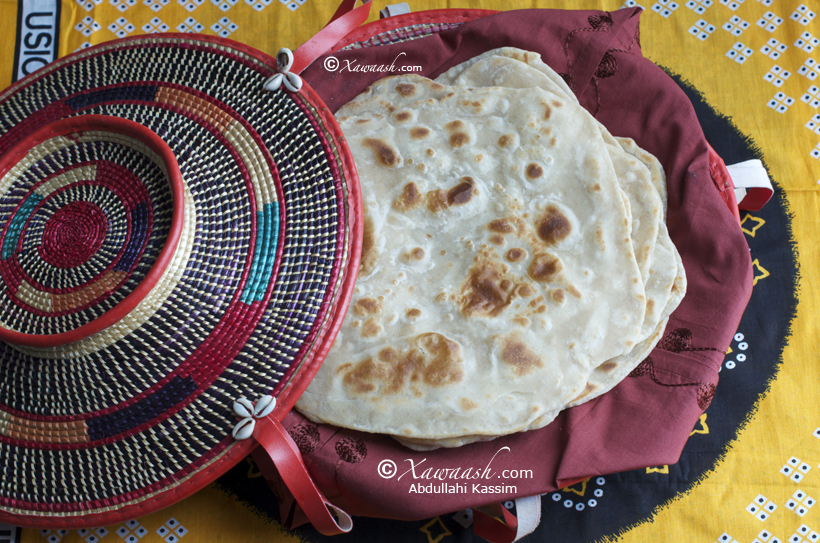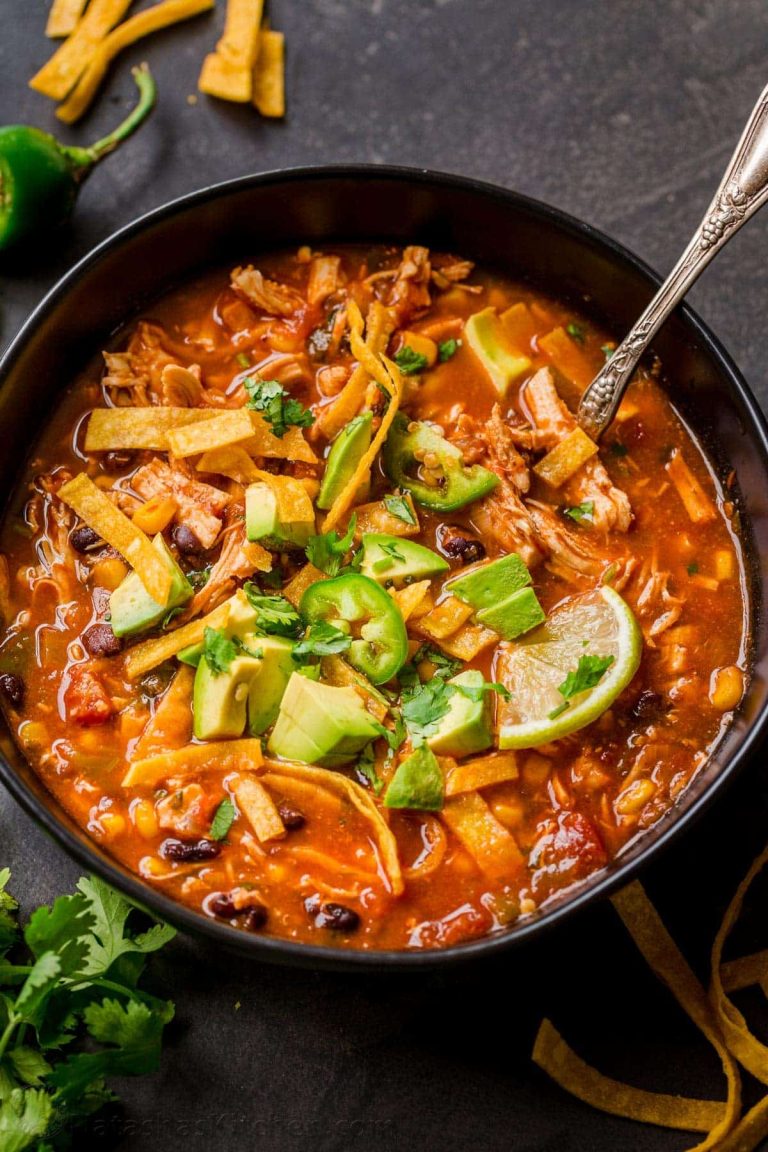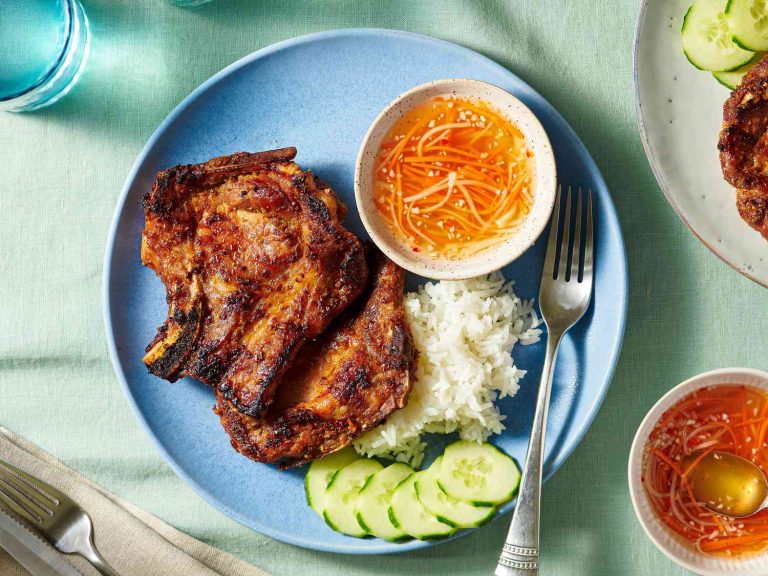Sabaayad: The Traditional Somali Flatbread with Modern Twist and Health Benefits
Sabaayad, also known as Somali flatbread, has deep cultural roots in Somalia. This bread is cherished in Somali households for its historical value and everyday utility. You often find Sabaayad served during breakfast or as an accompaniment to hearty stews. It’s a staple in traditional Somali cuisine, representing both a daily comfort food and a dish for special occasions.
Key Ingredients and Variations
Sabaayad is made from readily available ingredients including flour, water, salt, and oil. The simplicity of the ingredients allows for versatility. Some recipes incorporate sugar for a hint of sweetness or milk to enrich the dough. While the classic version uses only these basic components, variations can include added ghee or butter to enhance flavor and texture. You can also find Sabaayad with herbs or spices, such as cumin or black seeds, infused into the dough.
Unique Features and Culinary Uses
The unique folding technique distinguishes Sabaayad from other flatbreads. This method, which creates layers, results in a soft, flaky texture. Sabaayad can be served in various ways: as a side with savory dishes like Suqaar (beef stew), used as a wrap, or enjoyed with honey and tea for a satisfying breakfast. Its versatility makes Sabaayad a favorite across different meals and occasions.
How to Make Sabaayad
Essential Tools and Ingredients
For Sabaayad, you need several basic tools and ingredients.
Tools:
- Large Mixing Bowl
- Rolling Pin
- Frying Pan
- Measuring Cups and Spoons
- Kitchen Knife
Ingredients:
- 3 cups All-Purpose Flour
- 1 cup Water
- 1 tsp Salt
- 3 tbsp Vegetable Oil (plus extra for frying)
Optionally, you can add sugar, milk, ghee, butter, herbs, or spices for variations.
Step-by-Step Cooking Process
To make Sabaayad, follow these steps precisely:
- Mix Ingredients: Combine flour and salt in a bowl. Slowly add water while mixing to form a dough.
- Knead Dough: Knead the dough for 10 minutes until smooth and elastic. Cover and let rest for 15-20 minutes.
- Divide Dough: Divide dough into equal portions, about the size of a small ball.
- Roll Out: On a floured surface, roll each portion into a thin circle.
- Shape and Fold: Spread a thin layer of oil on top. Fold into a square or triangular shape, then roll out again.
- Cook: Heat oil in a frying pan over medium heat. Fry each flatbread until golden brown, about 2-3 minutes per side.
- Serve: Serve hot with savory stews, or enjoy with honey and tea.
These steps ensure your Sabaayad comes out soft, flaky, and delicious.
Serving Suggestions for Sabaayad
Traditional Accompaniments
Sabaayad pairs well with many traditional Somali dishes. It’s often served with maraq (savory meat stew) which includes various meats and vegetables. Dip the flatbread in the stew’s rich sauce for an enhanced flavor. Another traditional accompaniment is sugo (tomato-based pasta sauce) where the flatbread absorbs the robust flavors. Pairing Sabaayad with cambuulo (stewed mung beans) provides a balanced meal, often enjoyed during dinner. For breakfast, try Sabaayad with malawax (Somali pancakes) and subag (clarified butter) with honey or sugar as a sweet treat.
Modern Serving Ideas
Innovative serving ideas cater to diverse tastes and modern palates. Use Sabaayad as a base for creating wraps filled with grilled vegetables, hummus, and spiced meats for a quick lunch option. Cut it into strips and serve with dips like guacamole, tzatziki, or spicy harissa for a snack or appetizer. For a fusion twist, top Sabaayad with ingredients like tomatoes, mozzarella, and basil to create a Somali-style flatbread pizza. Experimenting with these ideas offers exciting, delicious ways to enjoy Sabaayad beyond traditional contexts.
Health Benefits of Sabaayad
Nutritional Components
Sabaayad provides essential nutrients that support overall health. Key ingredients like flour, oil, and optional additions contribute to its nutritional profile. Flour offers carbohydrates for energy. Many recipes use whole wheat flour, which increases fiber content and aids digestion.
Oil delivers healthy fats important for brain function. Adding milk introduces calcium and vitamin D, enhancing bone health. If you use spices, they bring antioxidants, which help fight inflammation and boost immunity. Overall, Sabaayad combines macronutrients and micronutrients beneficial for daily dietary needs.
Suitability for Various Diets
Sabaayad adapts to different dietary preferences and restrictions. For a gluten-free version, substitute traditional flour with gluten-free alternatives like almond or rice flour. This makes it suitable for people with celiac disease or gluten intolerance.
To cater to vegan diets, use plant-based milk and oil without animal products. This ensures the bread aligns with vegan principles, providing a nutritious, animal-free option.
For low-carb diets, reduce carbohydrate content by using low-carb flours such as almond flour. This adjustment helps those managing carbohydrate intake enjoy Sabaayad without compromising their dietary goals.
Using simple ingredient swaps, Sabaayad transforms easily to meet diverse dietary requirements, making it an inclusive option for various health-focused eating plans.
Conclusion
Sabaayad is more than just a flatbread; it’s a culinary experience that bridges tradition and modern dietary needs. Its soft, flaky texture and versatile nature make it a delightful addition to any meal. Whether you’re enjoying it with a savory stew or a sweet drizzle of honey, Sabaayad offers a unique taste of Somali culture. With the ability to adapt to various dietary preferences, this flatbread stands out as a nutritious and inclusive option for everyone. Explore the rich flavors and health benefits of Sabaayad, and you’ll find it a staple worth adding to your culinary repertoire.






